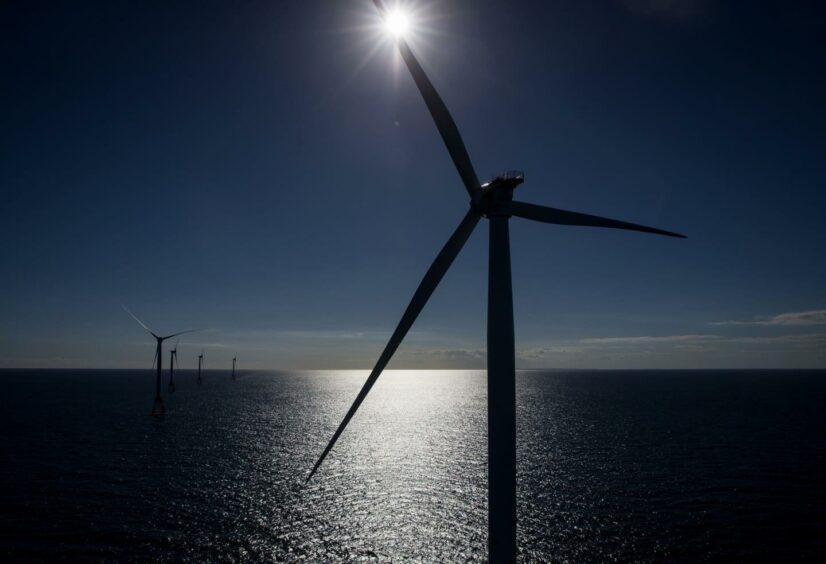
BP is trying to block development of part of a giant wind farm in waters off England’s east coast, according to Denmark’s Orsted.
Both companies have secured rights to the seabed about 70 kilometers (44 miles) from the Yorkshire coast. Orsted, the world’s largest developer of offshore wind, is seeking to build a project using the ocean floor, and BP wants to store carbon dioxide beneath it.
Their dispute shows a conflict between two competing technologies that are key to British plans to eliminate carbon emissions this decade: offshore wind and capturing emissions from industry.
BP is trying to “force exclusion” so Orsted can’t install wind turbines in an area where the two projects overlap, according to a document from the Danish company published Thursday by the UK government’s Planning Inspectorate.
The wind project in question is known as Hornsea Project Four, which is set to have about 2.6 gigawatts of capacity when constructed, possibly later this decade. London-based BP is working on one of two major carbon-capture projects the UK government is funding to trap emissions from industrial installations and store them under the North Sea.
“We’re confident that an agreement can be reached to allow both projects to move forward,” a spokesperson for Orsted said in a statement emailed Friday. “The technology exists to allow offshore wind and CCUS to work in harmony, but genuine collaboration is needed to safeguard future projects.”
BP, in a submission dated in December, said the efforts can’t coexist because the carbon capture project needs flexibility to position the wells and related infrastructure, and requires access for helicopters and rigs. BP said the seabed area could store 12 times the equivalent carbon dioxide per square kilometer compared with reductions expected from the wind farm.
“We are committed to finding a resolution to this issue and a mutually acceptable outcome through the ongoing commercial discussions,” a spokesperson for BP said.
The overlap between the two projects accounts for about 25% of the wind farm’s area. Losing that much space would reduce the size of the project by as much as 675 megawatts, which could make the project uncompetitive, Orsted said.
The reduction also could hurt the company’s ability to win a government auction to sell power at fixed prices, which can be crucial to an offshore wind farm’s viability, the company said.
